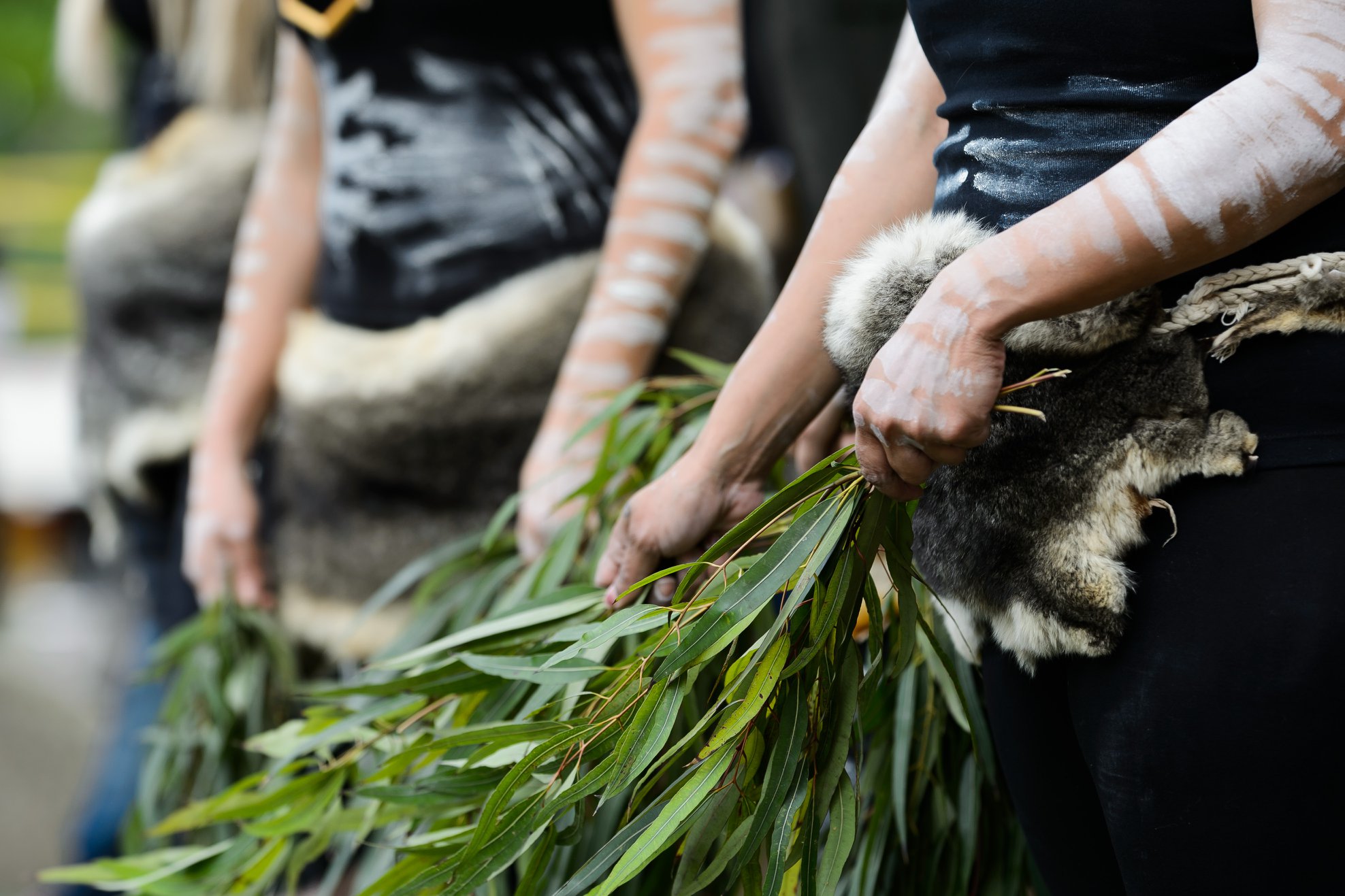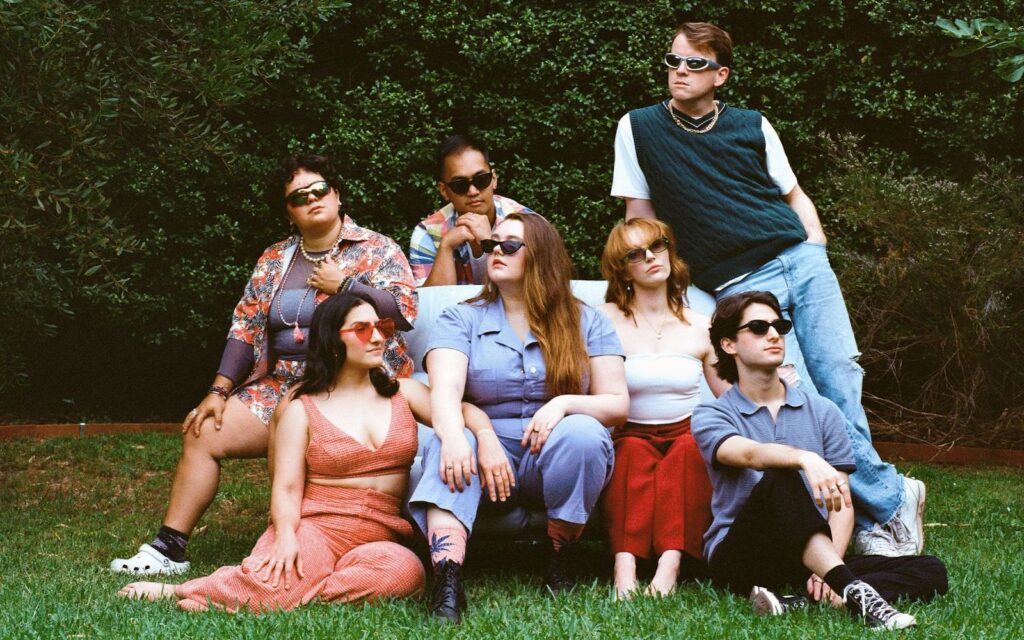Wominjeka yearmann koondee biik Wurundjeri balluk – a welcome from the Wurundjeri people, custodians of theland upon which we are celebrating‘Ngulu-nganjin’.
The importance of preserving these words, along with the attached traditions and cultural heritage are all set to be explained in depth when Ngulu-nganjin [translating to ‘Our Voice’] takes place at the Abbotsford Convent on Saturday November 17 from 12 – 2pm.
Emceed by Jason Tamiru, Ngulu-nganjin will launch the Convent’s Open Spaces festival. The beautiful grounds of the Convent will leap to life with music, sound, food and energy as the event celebrates the Indigenous heritage of the land, bringing a voice to spiritualism and stories held in the past, present and future.
“There are many voices telling the story of place and space within the Wurundjeri Community,” explains Mandy Nicholson, Artistic Director of the project. “Hence the name Ngulu-nganjin. To assist in creating something culturally safe and culturally integral, we approached Dr Lou Bennett, a highly respected Yorta Yorta, Djaara woman and creator of beautiful music in language. Lou was the perfect choice due to her cultural respect, understanding and knowledge.”
Nicholson’s work brings a handful of narratives to the Convent grounds in the form of a sound trail, which is currently being developed for the precinct. Visitors will walk the outline of Bunjil the Creator, pausing at specific sites to hear stories of creation, cultural songs and personal tales from young and old.
Curiously, the sum of the sound trail results in storytelling and perspectives relating to the Bunjil star system Altair – one example of the hidden mysteries the day brings. Beyond the sound trail, a Welcome to Country and Smoking Ceremony will lead a day of events which hold rich cultural significance to the Wurundjeri.
“Traditionally, no celebration would begin before visiting tribes or clan groups had participated in Tanderrum, of which the Welcome to Country was a part,” explains Wurundjeri Council Member and Elder Aunty Gail Smith. “Visitors would be cleansed with smoke and asked to respect Wurundjeri laws, and resources. Visiting groups would usually be hosted by the traditional owner group for several days before they would then have to participate in the hunting party to help sustain themselves and their family group.”
From thereon in, the day kicks into full swing with activities such as a preview of the sound trail, Woiwurrung Ngool language classes, face-painting with ochre, basket weaving, traditional games, and a participatory performance by Indigenous Hip Hop Projects. The Djirri Djirri dance group, named after the Woiwurrung [Wurundjeri] phrase for the Willy Wagtail, will also perform on the Gulanboon stage.
Nicholson believes that events like this help raise awareness and even revives languages, culture and ceremony, bringing them in front of everyone from country to city. Her work with Aunty Diane Kerr, an important cultural mentor, allows her to tell a story from today and into the future, offering a sense of optimism for the community.
Of all the events taking place during the Open Spaces festival, the performance of the title track ‘Ngulu-nganjin’ stands out as particular importance. The must-see work created by Lou Bennett will be performed by Lou, Mandy and a Woiwurrung choir of children and women.
To close the event, ‘Biik Ngarrga’ Country dance will be performed by the Djirri Djirri dance group.
“This dance encapsulates all the six layers of Wurundjeri Country,” Nicholson explains. “There’s the Biik-ut [Below Country] where we get ochre to decorate our bodies for dance and ceremony. The Biik-dui [On Country] where we dance, walk and conduct ceremony on Country without harming her.
There’s also the Baanj Biik [Water Country], representing the water we use to keep us alive, but also used as part of our welcome ceremony, as visitors sip water from a tarnuk to signify cultural safety on Country. We continue through with Wind Country, Sky Country and Forest Country above the clouds, creating a dance that teaches Wurundjeri women and girls that they are part of these layers both physically and spiritually. Each layer cannot survive on its own, just like our community and ourselves.”







